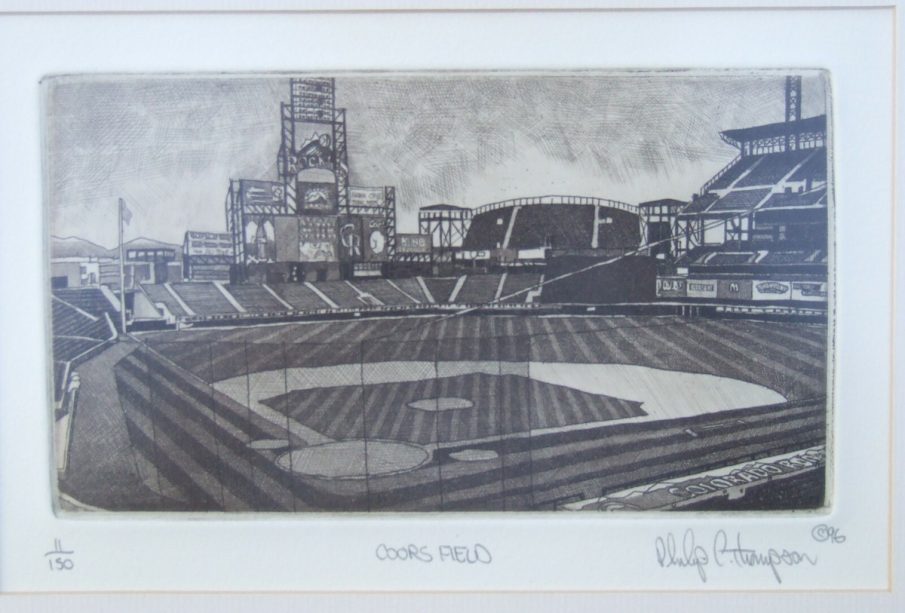Coors Field: A Landmark in Major League Baseball

Introduction to Coors Field
Coors Field, located in Denver, Colorado, serves as the home stadium for Major League Baseball’s Colorado Rockies. Since its opening in 1995, Coors Field has gained recognition not only for its striking architecture but also for its unique playing conditions and vibrant environment that captures the spirit of Rockies baseball. Its importance as a major sporting venue reflects the cultural landscape of the region, making it a significant landmark for both locals and tourists alike.
Key Features of Coors Field
The ballpark, which is known for being one of the highest elevation stadiums in professional sports at 5,200 feet above sea level, has unique implications for both players and fans. The thin air affects how the ball travels, leading to higher scoring games, which makes Coors Field a favorite among hitters. This has resulted in the park often being referred to as a ‘hitter’s paradise’.
Coors Field boasts a seating capacity of over 50,000, with modern amenities and fan-friendly features. The stadium’s design incorporates Colorado’s natural beauty, with stunning views of the Rocky Mountains as a backdrop. Additionally, the stadium includes numerous social spaces, including the popular Rooftop, which provides an area for fans to gather and enjoy the game in a relaxed atmosphere.
Recent Updates and Events
In recent years, Coors Field has undergone various upgrades to enhance the fan experience. Notably, the Colorado Rockies have focused on sustainability initiatives, including improved waste management and energy-efficient systems. The field’s maintenance staff has improved the playing surface, facilitating better conditions for both players and spectators.
During the 2021 Major League Baseball season, Coors Field hosted the MLB All-Star Game, marking a significant event that showcased the ballpark on a national stage. This high-profile event brought in thousands of fans and highlighted the stadium’s capacity to successfully host large gatherings.
Conclusion
Coors Field remains a central part of Denver’s identity and a critical component of Major League Baseball. As the Rockies continue to bolster their competitive edge on the field, plans for further enhancements to Coors Field aim to elevate the fan experience even more. For both avid baseball fans and casual visitors, Coors Field represents not just a place to watch a game but also a vibrant, communal space that embodies the spirit of Colorado. Looking ahead, the future of Coors Field seems poised for innovation and continued fan engagement, keeping baseball alive and thriving in the heart of Denver.









